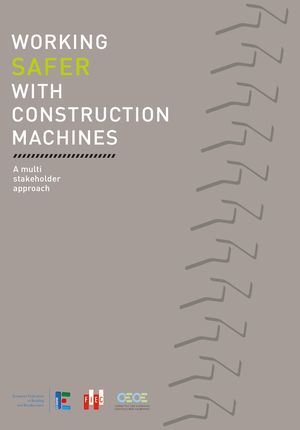KANBrief 2/18

A project conducted jointly by the European social partners in the construction sector and CECE, the European construction machinery manufacturers’ association, reveals new modes of communication and cooperation. Direct dialogue between manufacturers and consumers can inspire simple solutions even for quite complex issues, such as better ergonomics for work equipment or safety aspects, and can also support the process of European standardization.
The social partners in the construction sector at European level, i.e. the European Federation of Building and Woodworkers (EFBWW) and the European Construction Industry Federation (FIEC), have for some years been addressing the potential hazards associated with the use of construction machinery. As a result of internal discussion in a joint working group created specifically for this purpose, the two social partners approached the CECE (the Committee for European Construction Equipment) and proposed a joint project. The project met with great interest on the part of CECE.
The essential idea behind the project was that direct dialogue between manufacturers and users of products can be a straightforward way of improving products such that their use does not endanger users’ safety or health. The title of the concept is: “Producer meets consumer”.
The application for the project was approved by the European Commission, and funding awarded. Five one-day workshops were held in the course of the project. The first workshop served to facilitate general discussion between the project partners and further experts from the fields of standardization, engineering and occupational safety and health, with the aim of narrowing down and defining the topics to be addressed in further stages. The four subsequent workshops then addressed the following topic blocks:
Based upon the workshops and the discussions conducted in them, four fact sheets were then created. Each fact sheet addresses one of the topics stated. The fact sheets combine general information and problem descriptions with images and information on possible improvements during standardization, machine design, construction site organization and the provision of training to workers. The results of the project have now been compiled in a small folder, which is available in nine languages.
The memorandum of understanding adopted by the project partners lists a series of voluntary commitments on the part of the participating associations, together with a series of requests presented to policymakers at European level. These requests focus upon how the cooperation that has now been launched between the participating associations can be leveraged for the European standards bodies and in structures of the EU relevant to standardization, and how systematic dialogue can be established. Specifically, they call for:
Rolf Gehring
European Federation of Building and Woodworkers (EFBWW)